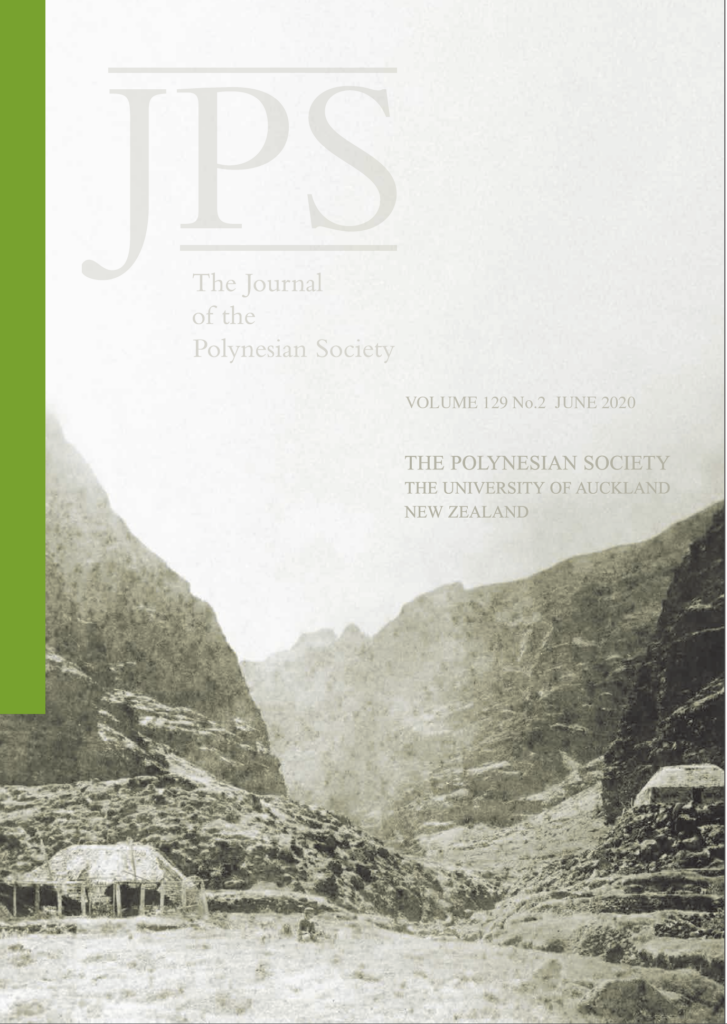
A summary, and commentary of: “The Past Before Us: A Brief History of Tongan Kava.”
Authors: Arcia Tecun, Robert Reeves, and Marlena Wolfgramm
Citation: Tecun, Arcia, Robert Reeves, and Marlena Wolfgramm. 2020. “The Past Before Us: A Brief History of Tongan Kava.” The Journal of the Polynesian Society. Polynesian Society 129 (2): 171–92. https://doi.org/10.15286/jps.129.2.171-192.
Fast Summary:
This significant cultural element in the Pacific region, kava, particularly in Tonga, embodies various symbolic meanings, including balance, communion, sacrifice, empathy, and power relations. Its rituals, practices, and meanings continue to evolve, reflecting the changing times and cultural interconnections.
Summary
Kava, particularly significant in Tonga, has a rich history and multifaceted symbolism. This summary explores various aspects, including its origin, rituals, and contemporary practices.
Origin and Symbolism
The roots trace back to northern Vanuatu, where kava is believed to have been domesticated around 3,000 years ago. In Tongan culture, this plant is not just a beverage but a symbol with deep cultural significance. It represents a balance between bitter and sweet tō, symbolizing harmony and equilibrium in life. It also stands for communion, sacrifice, empathy, and intricate power relations within the community.
The origin story in Tonga is intertwined with the legend of Kava‘onau, the leprous daughter of Fevanga and Fefafa. In the story a priest instructed Kava’onau to bathe in a specific pool, and after doing so her leprosy was cured. The priest then told her to plant a kava cutting in the ground near the pool. As the kava plant grew, it was discovered that the root had special properties that could induce relaxation and sociability. This story symbolizes the potential side effects of excessive consumption, reflecting the cultural wisdom and caution associated with it.
Rituals and Ceremonies
Kava plays a central role in various ceremonies across the Pacific, including the renowned Taumafa Ceremony of King Tupou VI in Tonga. The rituals associated with preparation and consumption have evolved over time, reflecting changes in societal norms, influences, and cultural shifts.
The chant, a poetic expression often heard during ceremonies, reveals underlying tensions between chiefs and common people. Through the medium of this plant, these tensions are addressed, and its role in balancing and reconciling these relationships is celebrated.
Cultural and Social Values
More than a drink, it’s a medium for social interaction, conflict resolution, and honoring responsibilities. Kava has been gendered differently throughout time, reflecting the changing roles and perceptions within society. In contemporary practices, an increasing number of women are reconnecting with the tradition, reshaping and redefining its significance.
History and Diaspora
Kava has been a part of historical narratives, including tales of battles and victories. The story of drinking among Tongan warriors in the US military illustrates the cultural significance even in diaspora. Its connection with the gods and its medicinal efficacy, including mild anesthetic and anti-inflammatory properties, further adds to its importance and reverence.
Dermopathy and Consumption Practices
Excessive consumption can lead to dermopathy, a condition characterized by dry, scaly skin. The physical appearance of the plant itself can appear leprous, symbolizing the plant and reflecting its potential effects. The preparation methods have evolved from chewing to pounding with rocks, reflecting changes in cultural practices and European influences, and adapting to modern sensibilities.
Role in Power Dynamics
Kava serves as both a prized sacrificial offering that honors chiefliness and a critique of power. It reveals a tension between chiefs and common people, allowing for the potential to temporarily balance and reconcile these relationships. Its role in power dynamics is a complex interplay that resonates with the societal structure and governance.
Connection with Other Cultures
The close connections between the origin stories of Vanuatu and Tonga possibly represent the trade between them. Kava’s link with the gods is believed to imbue it with spiritual power, enhancing its status as a “plant of the gods.” This connection transcends geographical boundaries, linking cultures and traditions across the Pacific.
Conclusion
In conclusion, it is not merely a plant or a beverage but a complex symbol that encapsulates various aspects of Pacific culture, history, and social dynamics. Its rituals, practices, and meanings continue to evolve, reflecting the changing times and cultural interconnections. It stands as a testament to the rich cultural heritage of the Pacific, a tradition that continues to thrive and adapt, weaving the past with the present. Whether in ritual ceremonies, social gatherings, or medicinal use, kava remains a vital part of the Pacific identity, a symbol of unity, tradition, and cultural continuity.

